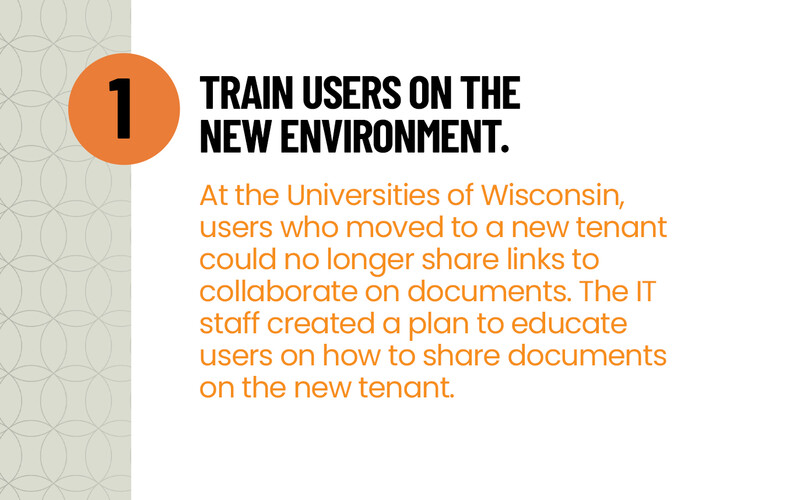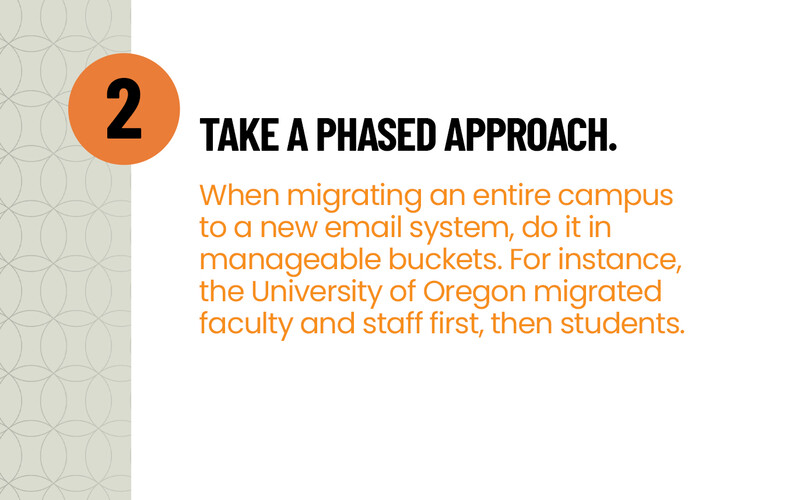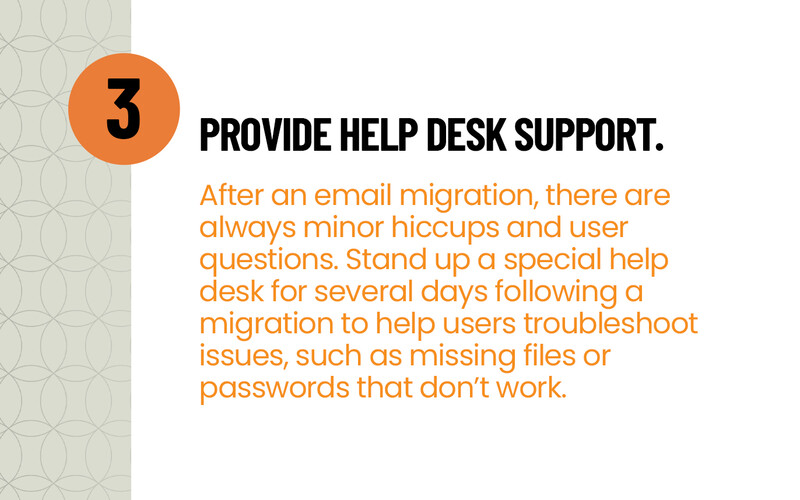The administrative offices at the Universities of Wisconsin standardized on Microsoft 365 for email and office productivity, but users were on separate cloud environments, making it difficult for them to communicate, collaborate and share documents seamlessly.
About 60% of the UWs’ leaders and administrative staff were on one Microsoft 365 tenant, while the remaining 40% were on another.
“It was cumbersome,” recalls Chris Spadanuda, the UWs’ senior director of IT operations. “If we were collaborating on a document, and you were on a different tenant, I’d share a link. But when you clicked on that link, it wouldn’t work because you don’t have the right permissions. So, then I’d have to fix the permissions and send it to you again.”
Universities and colleges are sprawling organizations. Over time, some end up using disparate email systems and office productivity suites, such as Google Workspace or Microsoft 365, so they find themselves paying for multiple software licenses or redundant services.
It happens for different reasons. At the University of Oregon, for example, some schools have their own IT departments, so they also have different email systems. The UWs wound up with with two Microsoft 365 tenants after some reorganization over the years.
Click the banner to learn what other universities are doing to manage their cloud environments.



















